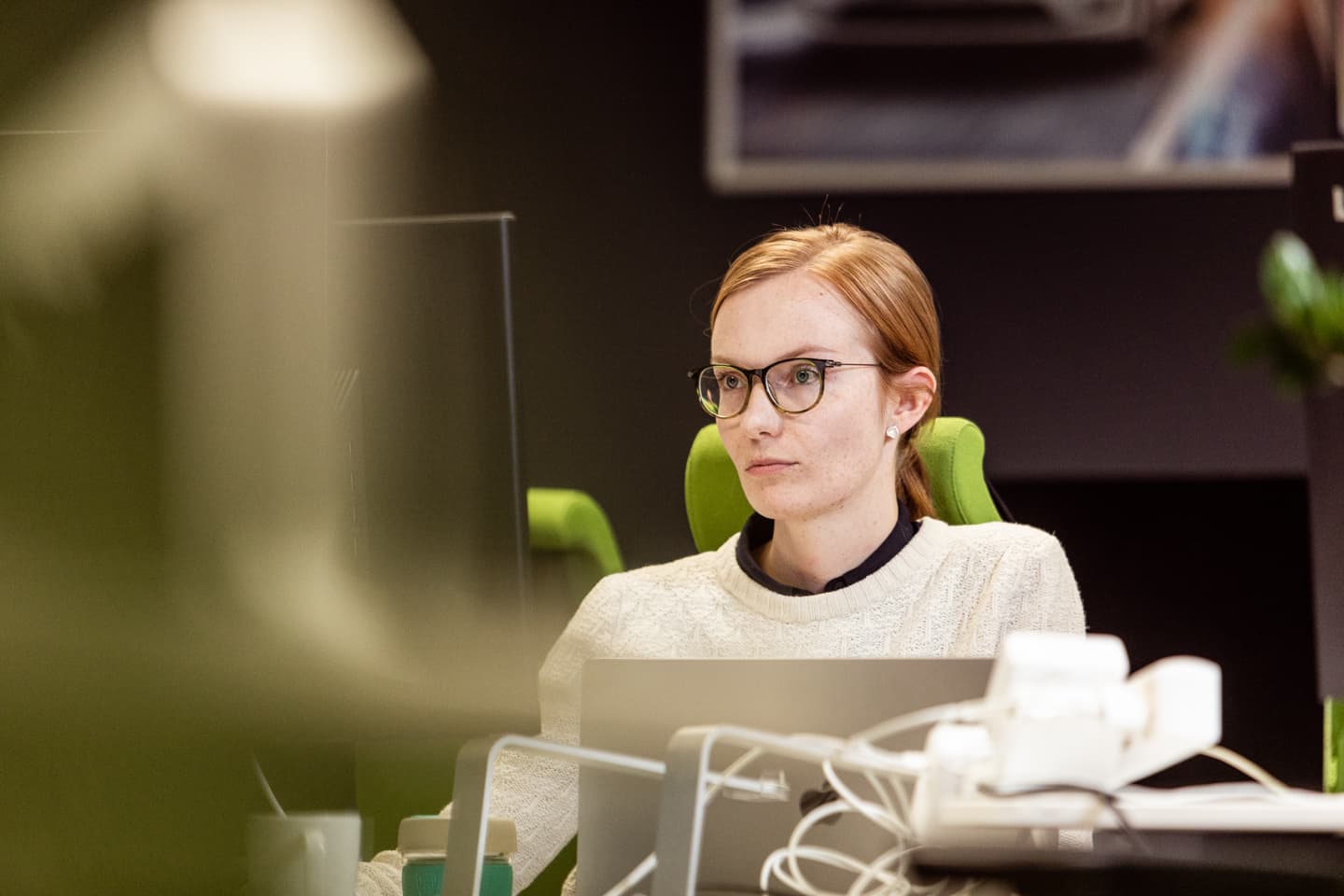5 things to consider when facilitating remote co-creation workshops
Let’s be honest, we haven't been the greatest fans of doing collaborative workshops virtually. Frankly speaking, we are doubting whether we are actually saving money by doing them remotely. Having said that, sometimes that's the only option. Just recently a customer challenged us to do a series of co-creation workshops fully remotely, and we wanted to share our learnings here.


1. Choose the right tool and onboard everyone
Choose a virtual tool and make sure everyone is comfortable with it. Use the check-in so that everyone can follow and contribute, just as they would with Post-Its. We used mural.co and were incredibly happy with it (as long as participants can use Google Chrome). The key is to create visual clarity and allow for contribution from everyone. Let’s stop having digital meetings where one person speaks and the rest slowly fades out!
Video conference tools such as zoom.us allow you to split into sub-groups for detailed discussions.
The remote workshops were surprisingly beneficial – a nice & economical way to compliment the on-site workshops!
- Our customer at the project retro, looking at our surprised faces
2. Facilitate twice as actively than usual and provide a crystal-clear structure
Your role as a facilitator is crucial to keep the process efficient and the environment energised. We encourage active facilitation by making the overall process transparent, giving clear instructions, reframing comments, summarising points and discussions, and actively involve participants. Holding the space as a facilitator while being remote will take all of your attention (we have never been as tired as after facilitating a 5h remote workshop).
We also recommend to limit the scope of the work and split it to easily managable pieces. The less clarity the group currently has, the harder it is to facilitate progress remotely.
3. Create a personal atmosphere
What we enjoy most about workshopping is getting together people around a common purpose and co-create, leaving the ego out of the room. Virtually, this is more difficult. We relied on having face to face sessions before the series of digital workshops. And let’s mention the obvious: Using video helps greatly to build a trusting environment. Plus, it gives you feedback on whether people are following.
4. Keep the energy high
Energy management is key: It's hard to sit in front of a computer for hours and stay energised - both as a participant and facilitator. Regular breaks, splitting occasionally into smaller groups, doing research individually, standing desks and virtual energisers help there.
5. Focus on what's happening before and after the workshop
Providing a clear workshop purpose, agenda and instructions can help you and participants onboard more easily, be more motivated and present. Our thumb rule is to double the amount of time we would use for preparation for a usual workshop.
 Nelli MyllyläSenior Culture Advisor
Nelli MyllyläSenior Culture Advisor Sebastian HojasCulture & Agile Advisor
Sebastian HojasCulture & Agile Advisor

